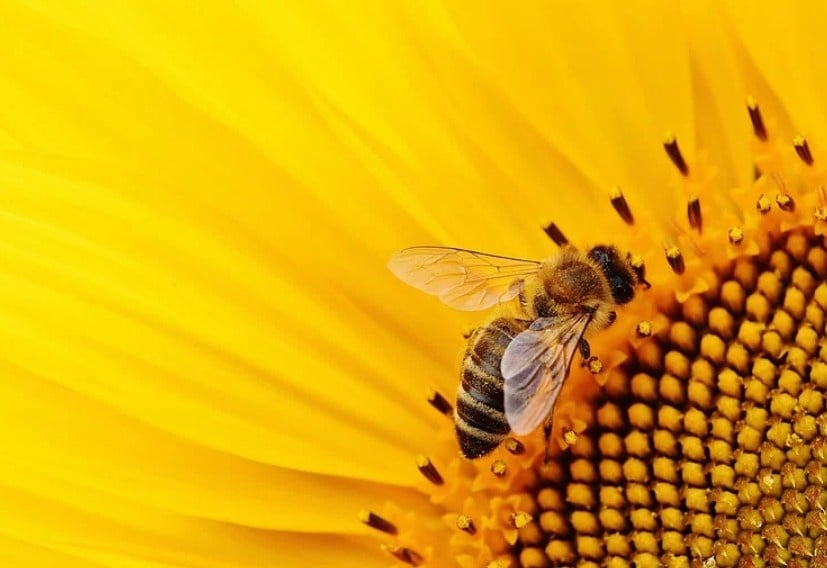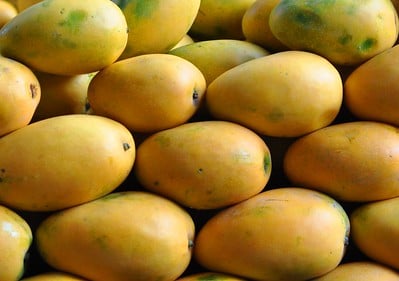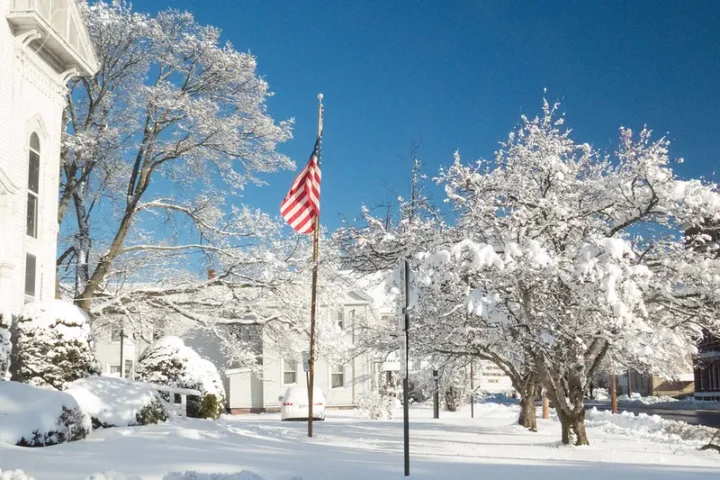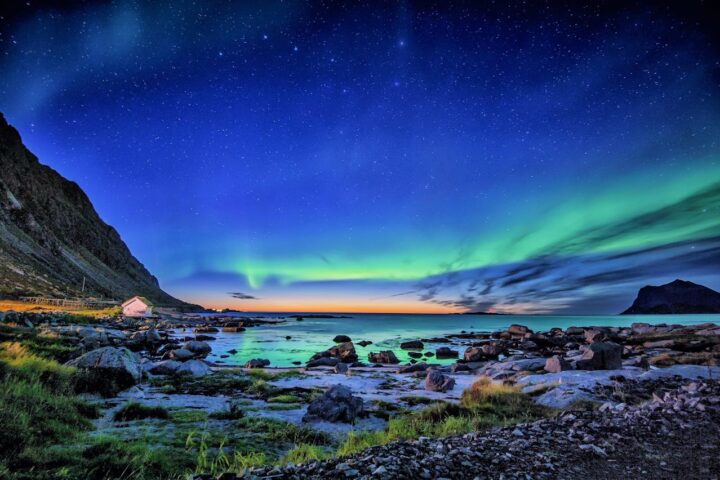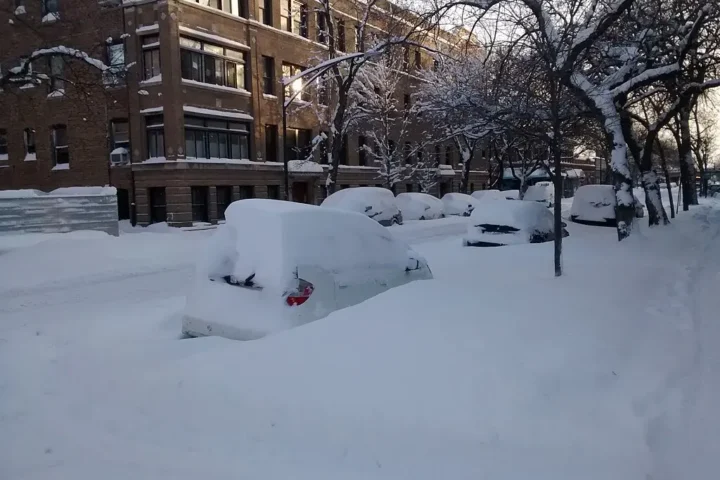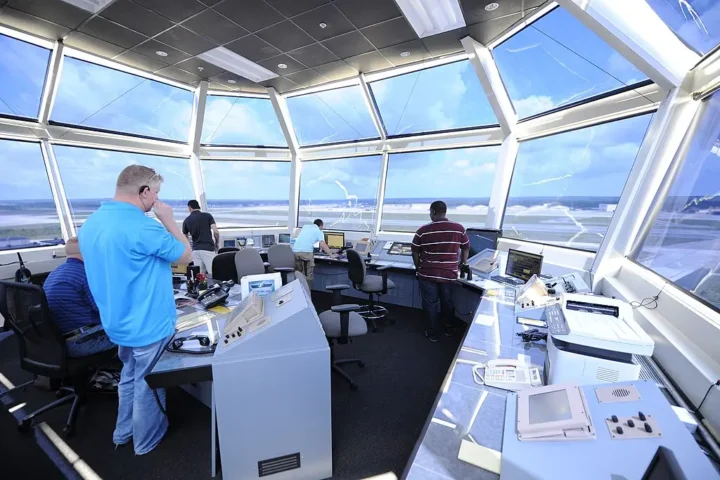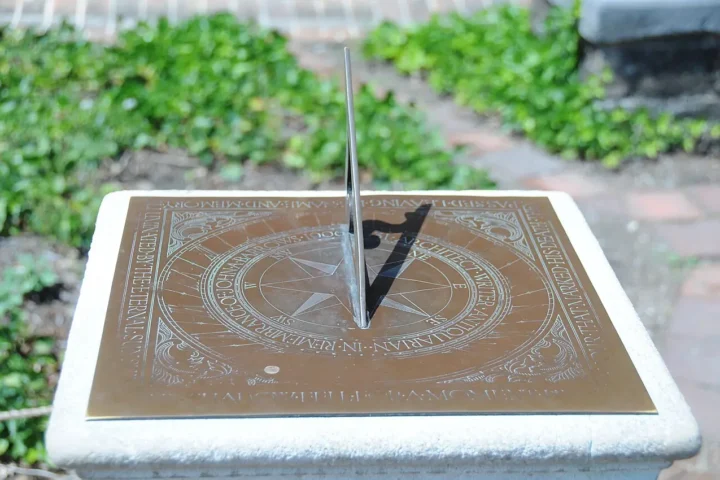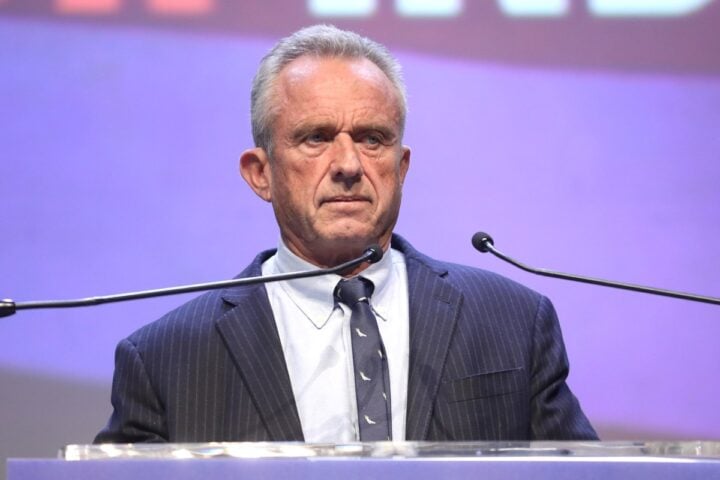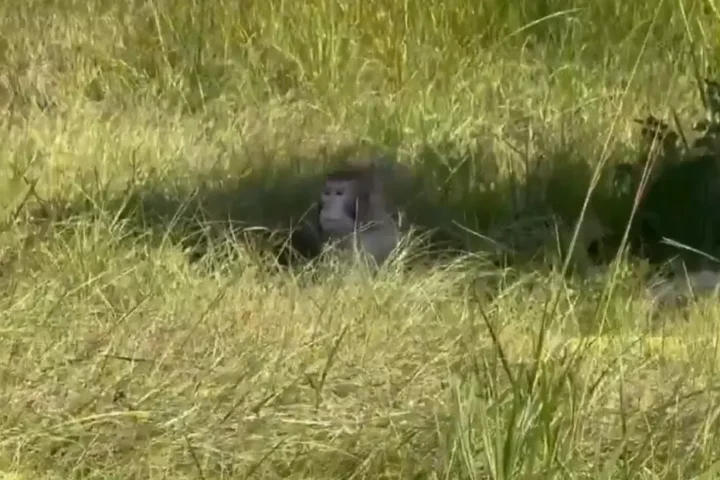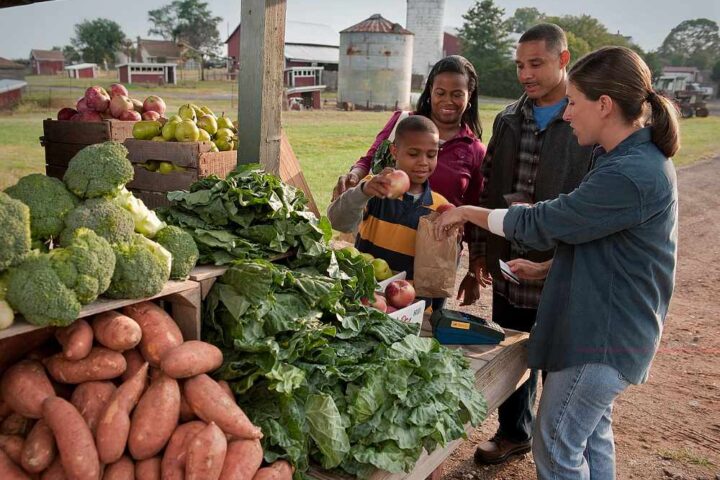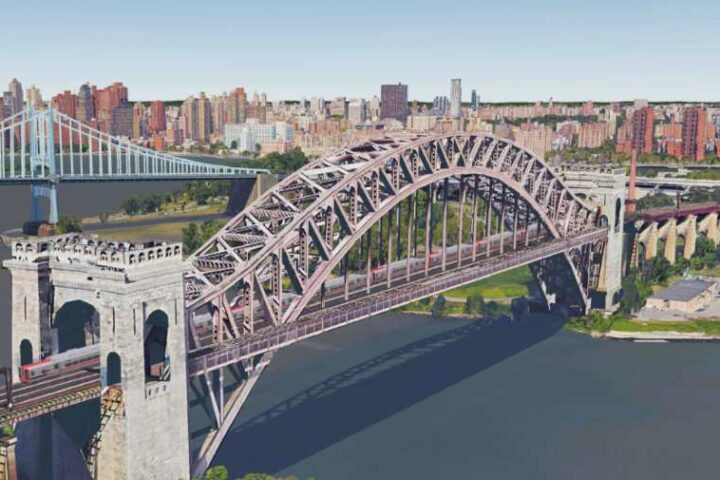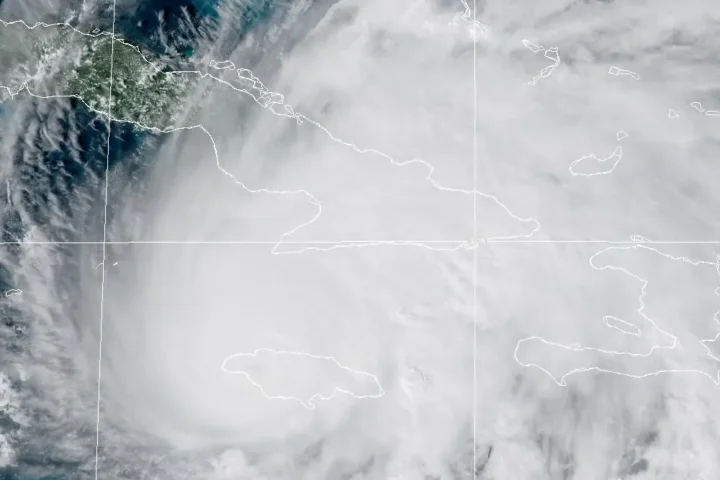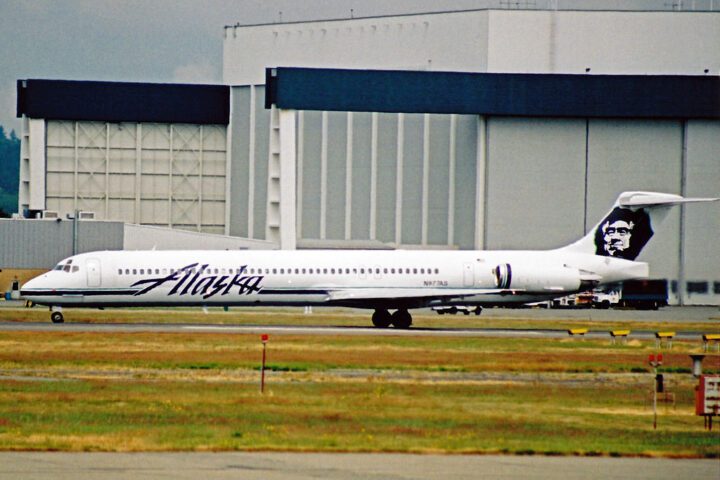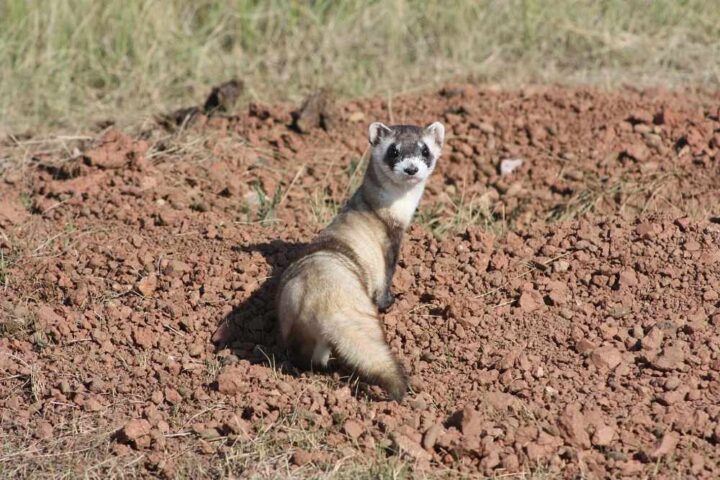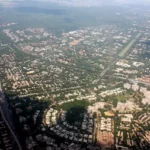A male grizzly bear was moved from private land near Cody, Wyoming to an area just south of Yellowstone National Park on May 16, 2024, after it killed cattle in the region. This marks the latest chapter in Wyoming’s ongoing efforts to balance growing bear populations with farming and ranching needs.
The Wyoming Game and Fish Department (WGFD) relocated the bear to Glade Creek drainage, roughly 2.5 miles from Yellowstone. This wasn’t a one-off event – on May 2, another grizzly was moved 60 miles northwest of Cody to Ghost Creek drainage for similar reasons. A third bear was relocated to Blackrock Creek drainage on May 24.
“Cattle depredation by grizzly bears is our most common type of human-grizzly bear conflict throughout northwest Wyoming,” explains Dan Thompson, WGFD large carnivore specialist.
The numbers tell an interesting story. The grizzly population has grown from about 136-300 bears in 1975 to 965 bears in 2022. This growth brings both success and new challenges. Rancher Curt Bales sees this firsthand: “11 to 13 bears, spring and fall both, coming in and out of our fields.”
While bears do kill cattle, it’s worth noting some perspective – bears account for less than 1% of cattle losses in the region. Most cattle deaths come from other causes like disease, harsh weather, and birthing problems. Still, when bears do strike, it hits ranchers hard. A single cow can be worth up to $2,940, and in 2022, Wyoming paid ranchers $372,343 to cover losses from grizzly attacks.
Similar Posts
The state tries to handle these situations carefully. Bears that kill livestock but haven’t done it before typically get relocated. Those that pose direct threats to human safety or repeatedly cause problems are usually removed from the population instead.
Wyoming Game and Fish Director Angi Bruce points to a bigger issue at play. The state wants control over managing its grizzly bears, arguing the population has recovered enough to remove federal protections. But in January 2025, federal wildlife officials decided to keep those protections in place.
“The science is clear on grizzly bears: They are recovered in the GYE, and their recovery is a conservation success,” Bruce notes, expressing frustration with the decision.
Meanwhile, grizzly bears face their own challenges. Recent research shows they’ve stopped expanding their range, and in some northern areas, they’re actually retreating. This suggests they might be running out of good habitat, especially in places with lots of human activity.

The WGFD stresses that everyone living in bear country can help reduce problems. Simple steps make a big difference – keeping food locked up, using bear-resistant garbage containers, and storing things like pet food and birdseed where bears can’t get them.
This latest relocation near Cody shows how wildlife management often means finding middle ground. While Wyoming’s grizzly population has grown significantly since the 1970s, balancing bear conservation with community needs remains an ongoing challenge.

